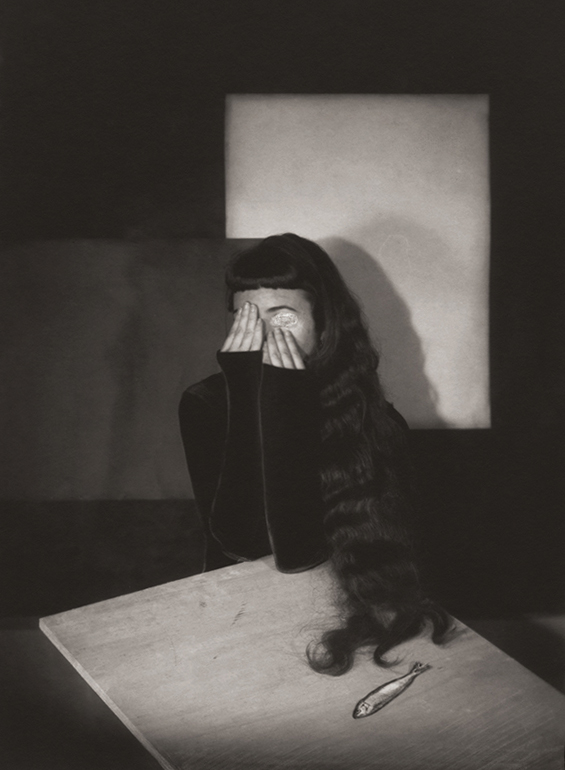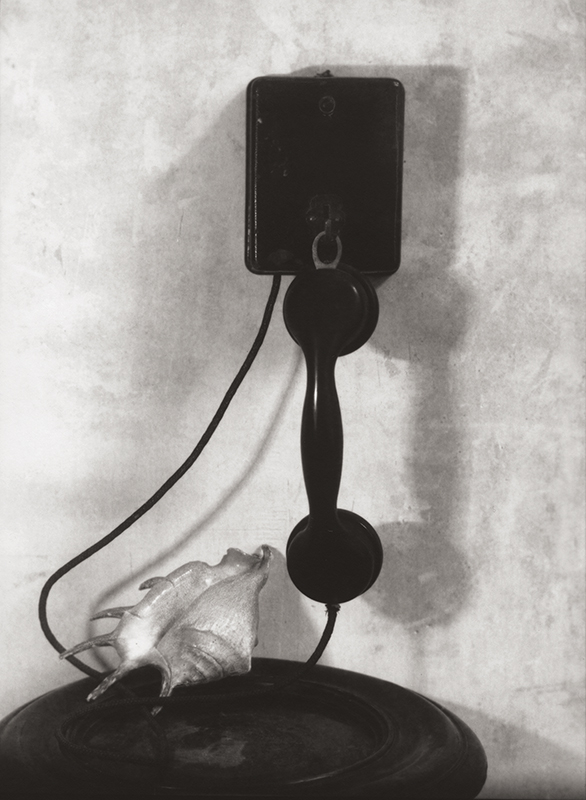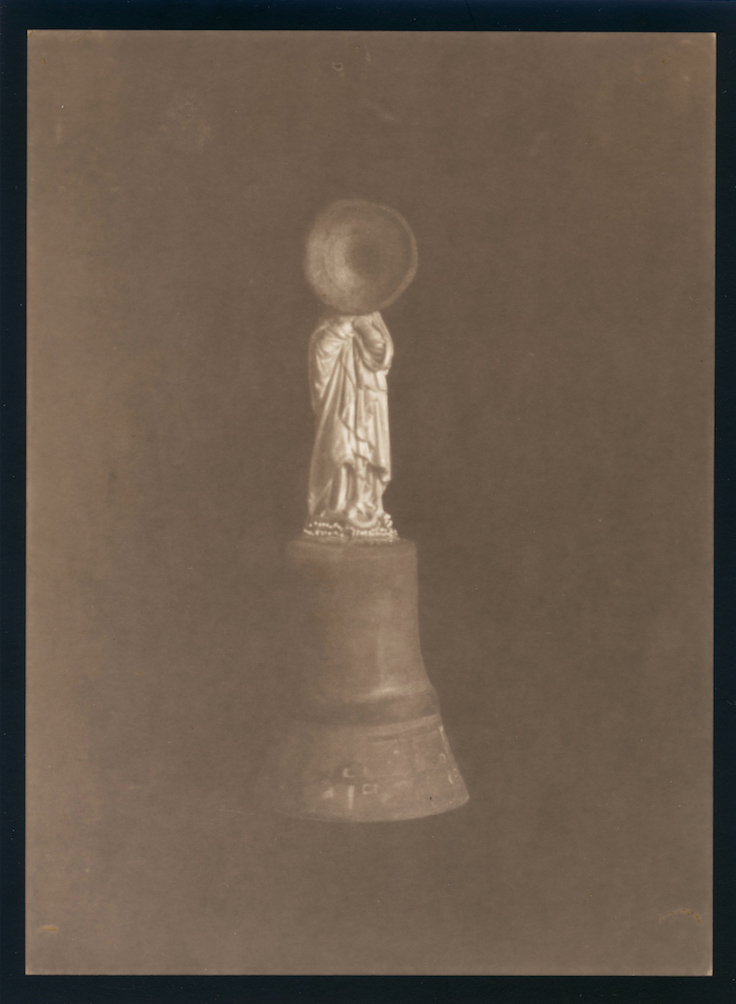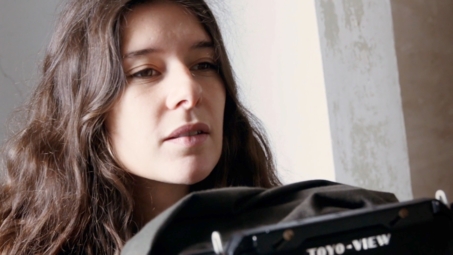Das Schloss : An Interview With Sara Imloul
In this interview, Sara Imloul shares with Emmanuel Bacquet her creative journey since the Das Schloss series. Exploring metaphysical and ancestral themes, she invites us into her artistic process, where calotype and large format reveal a profound visual poetry, rooted in a timeless attachment to photography.
***
Emmanuel Bacquet: Sara Imloul, it's been five years since DK2R came to film you at work. While putting together your Das Schloss series, you explore a very personal visual poetry thanks to the view camera and paper duplicates, giving the prints a timeless appearance. Since then you've created other series, in particular Passages, which won you the Prix Levallois. Could you tell us more about your recent journey?
Sara Imloul: The series Das Schloss (The Castle) was published in a monograph by Éditions Filigranes in 2015.
Then I created the series Passages, from Shade to Images, which earned me the Prix Levallois in 2019, when Rip Hopkins was president of the jury. It's a more introspective, more symbolic, more surrealist series than Das Schloss.
A kind of interior archaeology made up of objects and a few characters staged in a dark, orientalist world.
Like a set of still lifes to be decoded, done in my Parisian studio, for which the monograph will, I hope, be published this year by Filigranes.
After the Prix Levallois, I began "Four-Handed", a venture with artist-sculptor Nicolas Lefebvre. We collaborated on a series of photographs of his works where I could explore several techniques that I don't use in my own work, such as gold toning, sepia toning, colourization and very large formats. This work has been exhibited several times and we did a residence in Marrakech and a really lovely show thanks to Nathalie Locatelli and Galerie 127.
My last work in progress is called "Chez Moi". It's an hallucinatory tale that I began during lockdown, where wild animals entered my studio. It will be presented in a few months' time.

La vague, Passages ©Sara Imloul
EB: It's a "lived-in" nostalgia that you explore, "a memory of all times that sleeps within us," according to Edmond Jabès, whom you quote in the text for Passages. Where does this timeless attachment that you explore in photography come from?
SI: I don't know exactly where it comes from. I've always been drawn to the primitive aspect of things. The symbolism. The questions that I address in my work are metaphysical and ancestral; of course current events and my environment affect me, but in what I express, the form is stripped of any modern references. I take care to reach into my core and create the purest, most effective images that I can.
EB: We can sometimes glimpse a certain symbolism close to that of Man-Ray. Do you feel close to him or to that time?
What are your references in photography, or in literature?
SI: Yes, of course, I loved the exhibition on the surrealists group, "The Subversion of Images" at the Centre Pompidou in 2009. I was still a student and it came as a shock to me to discover this language. I am still mesmerized by Man Ray's work, the power of his recognisable images, his finesse and his humour too. I'm inspired by lots of other photographers from the early 20th century.
I've also found other things to inspire me, such as Tàpies in painting, Parajanov's films and the theatre with Bausch, whose work I saw when I was younger. Among others.
EB: Are you still fond of large-format cameras, paper, analogue laboratories and calotypes?
Sl: More than ever. I've only ever done calotype and I love this process. The series on which I'm working at the moment is in 20x25. This large format is new to me but I like it a lot. Through each series I explore a little more the possibilities that this technique offers, I intervene more and more on the paper negative, ink, pencil, chemistry, collage... The possibilities are endless but you have to take it slowly for it to make sense. The development of my intention, images and technique are closely linked in my work.
Interview conducted in June 2021
Translated from French by Henry Moon

Le cordon, Passages ©Sara Imloul

Madone, sculpture Nicolas Lefebvre ©Sara Imloul


